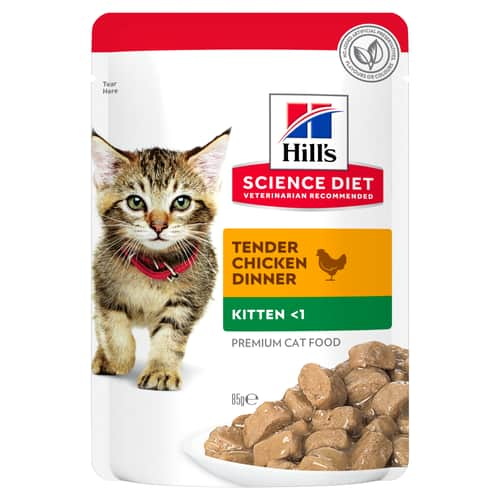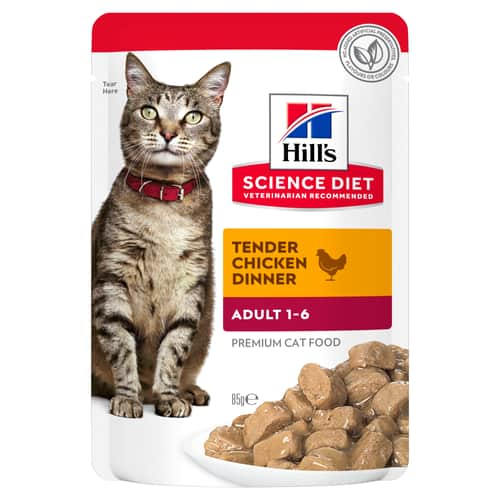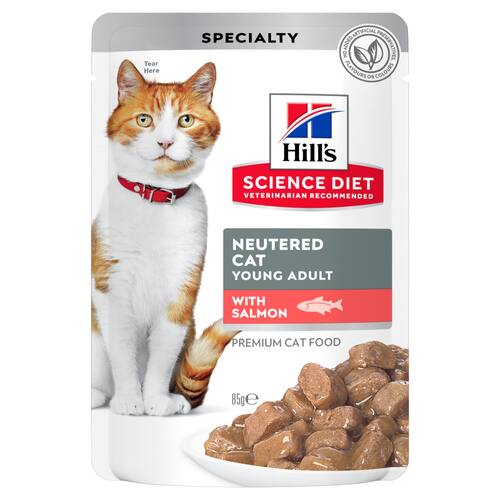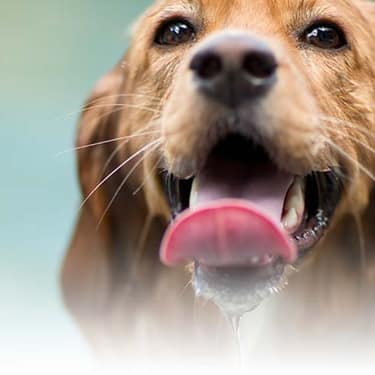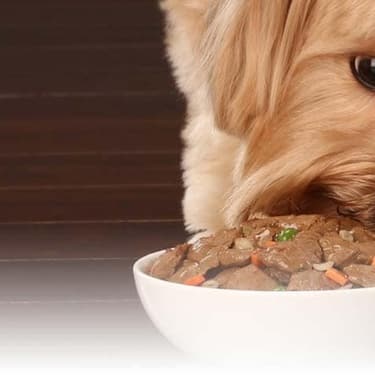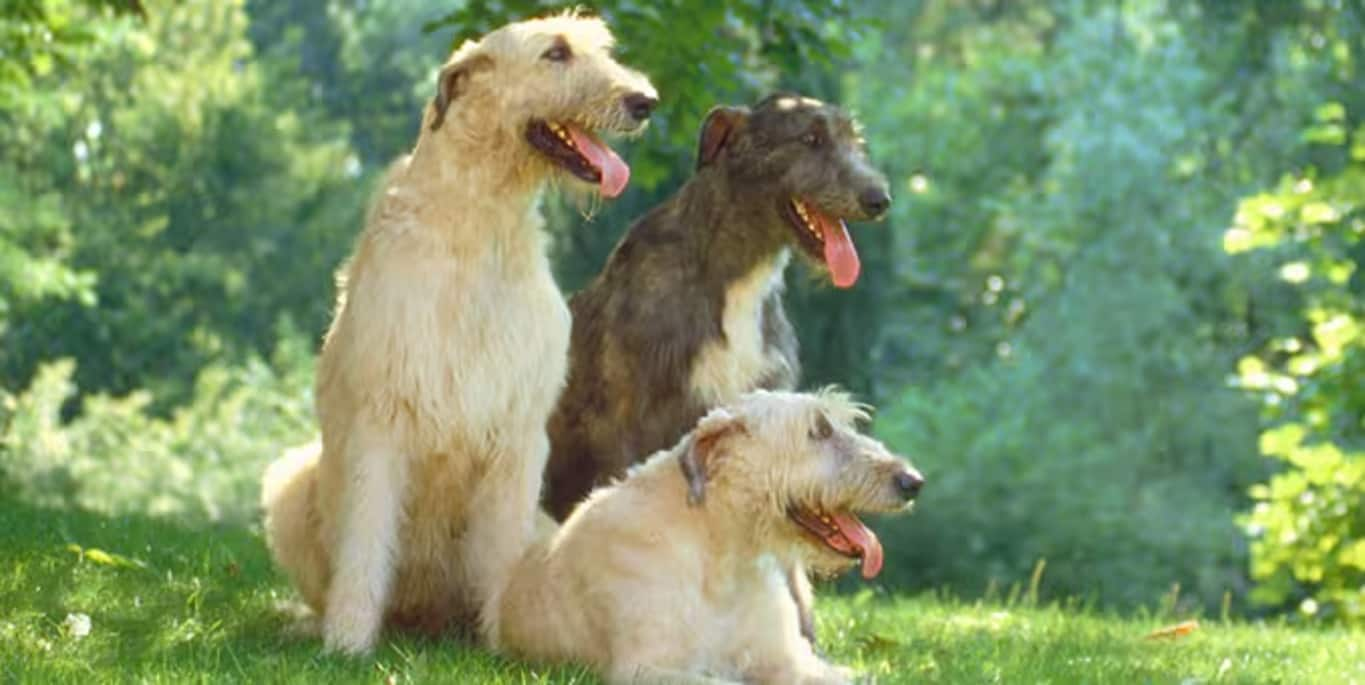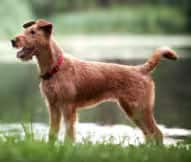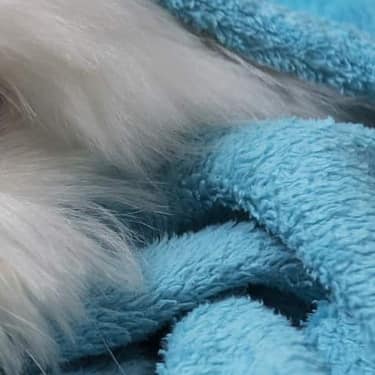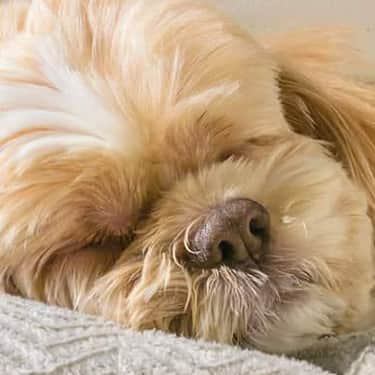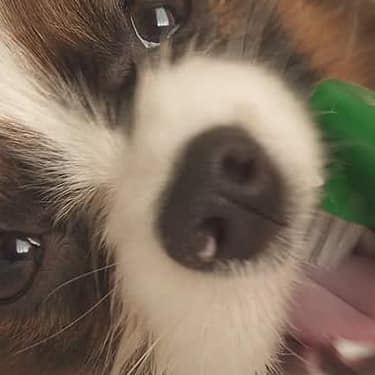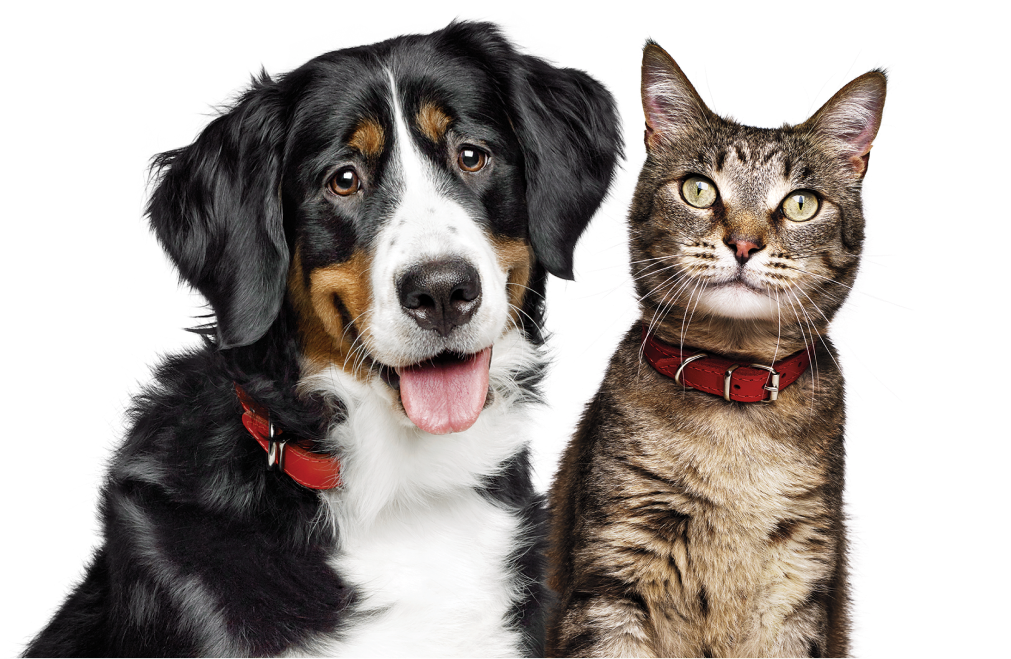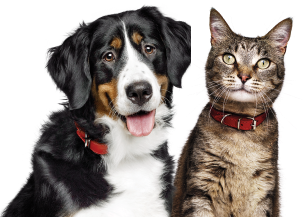Irish Terriers are a confident, independent and active dog breed, affectionately known by some as “Daredevils”. They are appreciated for their loyalty and devotion to their families. Generally friendly with adults and children, they do possess a protective instinct and early socialisation with other dogs is important. Irish Terriers are intelligent and quick to learn, but they can also be strong-willed, making training and socialisation key to a well-mannered family dog. The breed is not usually recommended for first time dog owners.
Irish Terriers need to be kept busy and, along with daily exercise, they will need consistent and ongoing mental stimulation and training to keep boredom at bay and prevent problem behaviours (such as excessive barking, escaping yards or destroying items around the home).
Daily exercise and interactive play are essential for this breed, as well as consistent obedience training and socialisation to encourage friendliness with other dogs.
Irish Terriers can adapt to a range of living environments, including apartments and houses with secure yards, however they are not usually recommended for homes with small pets such as rodents or birds, as their hunting instincts can be strong.
Recommended Diet:
Originating in Ireland, the Irish Terrier is believed to be one of the oldest terrier breeds. It is thought the breed may be descended from a mix of old British terrier breeds, including the Black and Tan Terrier.
Thanks to their exceptional hunting and vermin control skills, Irish Terriers were primarily bred to work on farms and around homes.
During the 19th and 20th Centuries, the breed’s popularity grew and Irish Terriers started to appear in dog shows, becoming a beloved breed who were admired for their appearance and independent nature.
The breed’s reputation for bravery and loyalty was further solidified during World War 1, when Irish Terriers were employed as messenger dogs, even accompanying soldiers into the trenches.
Over time, their role has changed from a working dog to a beloved companion and show dog. Today they are cherished for their unique combination of appearance, courage and loyalty.
Health Concerns:
As with many terrier breeds, Irish Terriers are considered to be a generally healthy dog breed. Finding a breeder who performs thorough health checks and provides history of their breed lines will give you the best chance of finding out about any potential genetic issues.
Irish Terriers have been known to develop some health conditions, including:
- Progressive Retinal Atrophy (PRA): an inherited trait which leads to degeneration of some of the structures involved with visualisation, leading to cataracts (cloudiness in the eye) and potentially blindness.
- Cystinuria: Some Irish Terriers produce an excess amount of an amino acid called cysteine in their urine. This can lead to painful cystine stones forming within the urinary system
- Hyperkeratosis: This has been recorded in some Irish Terriers and occurs when the body produces too much keratin, resulting in a thickening of the skin around your dog's nose and paws. Thankfully, responsible breeding programs and better access to genetic testing has allowed this condition to become very rare in the breed over time.
Additionally, check health clearances for:
- Hip dysplasia (This condition is the result of poorly shaped hip joints– causing premature wear and tear and debilitating pain)
- Elbow dysplasia (which affects the elbow joint and is caused by abnormal growth and development of the bones in the elbow, leading to joint instability),
- Hypothyroidism (underactive thyroid gland)
- Von Willebrand’s disease (vWD) which is an inherited bleeding disorder that may affect your Irish Terrier. It is caused by a deficiency or abnormality in a blood clotting protein called von Willebrand factor (vWF), which plays a crucial role in the formation of blood clots to stop bleeding.
It is advised that any prospective pet parents are aware of potential health challenges faced with this breed and that you do your own research before ownership.




